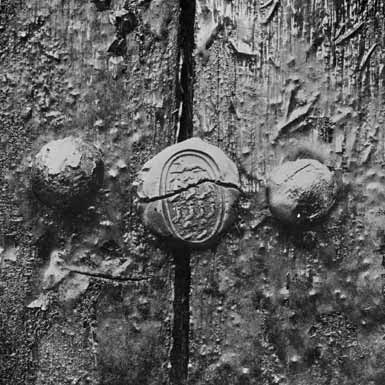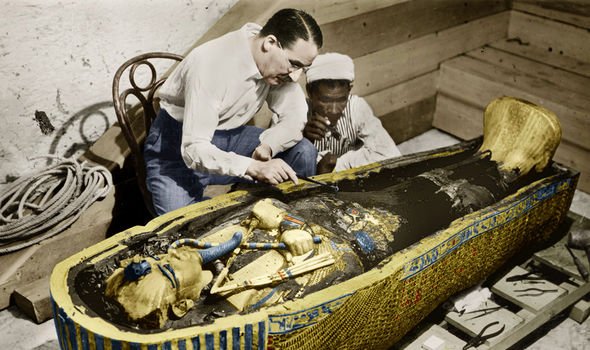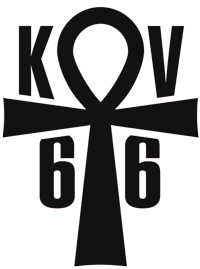
Howard Carter first set foot in Egypt in 1891 initially working as an artist supporting archaeologists in recording many of the intricate reliefs and heiroglyphics carved into the walls of tombs and temples before venturing on his eventual hunt for the tomb of a relatively unknown and forgotten king, Tutankhamun,
Post 1917, Carter rallied on the support of a long time friend, Lord Carnarvon, to finance his planned excavation operations in Luxor’s Valley of the Kings and it is interesting to note, that for the 1918/19 season, his estimates were a mere EGP 3.15 for labour (12 men and boy from Thebes & 25 local boys and 2men) + EGP 701 for camp expenses, giving an approx total of only EGP 3.85 per day.
By 1922 after 4 fruitless seasons, Canarvon’s patience was beginning to wane and only after some pursuasive negotiating, including an offer of guarantee, did Carter secure further finance for what would be his 5th and final season.
Carter left England to take a boat from Marseille on 5th October 1922 arriving in Cairo on 11th October where he stayed for a further 2 weeks visiting several antiquities dealers on behalf of his employer before eventually leaving for Luxor.
When Carter arrived at his home in Luxor on 27th October, he brought with him a new pet, very fittingly and because of his love for birds, a small yellow canary in a guilded cage.
With his servant Abdul Al carrying the cage behind him, as they entered the house, the guards and staff greeted them and on seeing the bird, one quickly remarked “Mabrook, it’s a bird of gold that will bring luck! This year we will find inshallah a tomb full of gold!”
Astonishingly and only a week after receiving this warm greeting, Carter finally made the discovery of what would ultimately be described as the most fabulous find of all times and, the tomb being branded by his team, “The Tomb of the Golden Bird” & officially numbered KV62, that day on 4th November 1922, 101 years ago.
On 6th November, Carter cabled Lord Carnarvon
“At last we have made a wonderful discovery in the valley, a magnificent tomb with seals intact. Re–covered same for your arrival.
Congratulations, Carter”
On the afternoon of the 26th November 1922 and after cutting a hole into the newly discovered tomb, Carnarvon asked “can you see anything?” to which Carter simply replied, “Yes, Wonderful things!”

These 3 words are now firmly part of the story and are enough to conjure up for many, the images of what they must have seen when peeking at the objects scattered around what we now know was the initial Antechamber and a just a prequel of Tutankhamun’s unparalleled treasure horde.

But what of the golden bird, strangely and very soon after the discovery, while Carter was collecting
Carnarvon from Cairo, an Egyptian Cobra somehow managed to enter the bird’s cage and consume it. Much speculation persisted as it was hard to imagine how a snake could have penetrated through the bars, as had they been spaced wide enough, the bird could surely have got out or was it as many might theorise, part of the young Pharaoh’s curse and what would be included within many other strange and unfortunate incidents that followed after the unsealing of Tutankhamun,’s final resting place, including the untimely death of Lord Carnarvon??
Carter brushed all such speculation aside and simply replaced his dead bird and carried on with business. We on the other hand, along with countless millions over the years, continue to speculate if there was indeed some form of curse initiated by ancient priests as they placed their beloved pharaoh in his sarcophagus, surrounded him with all his worldly objects for his onward journey into the afterlife and then, sealing the tomb for what should have been perpetuity.
